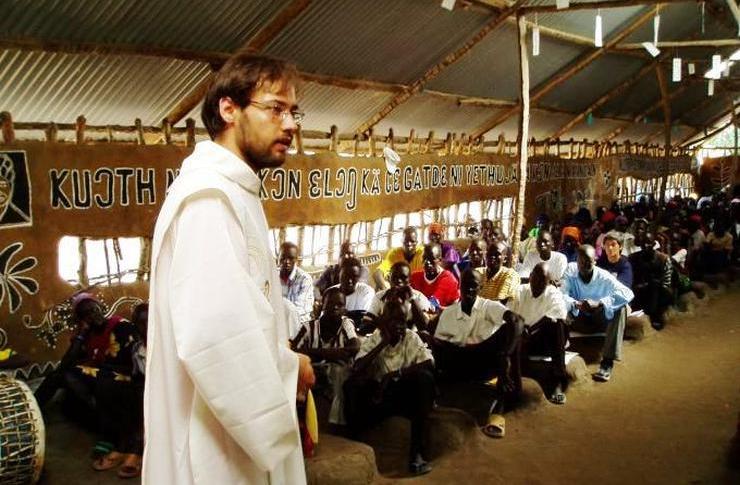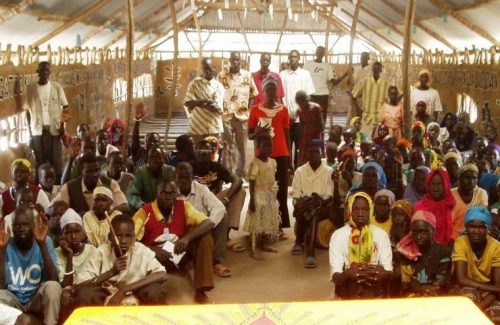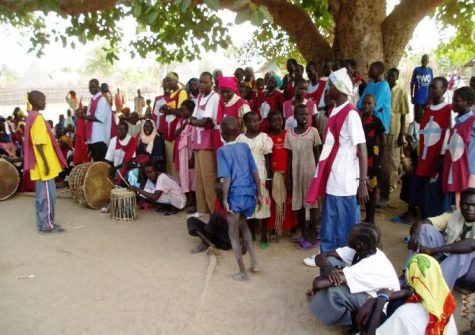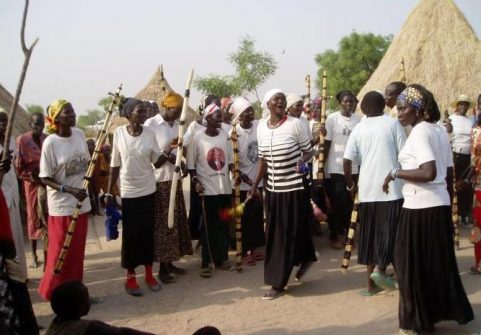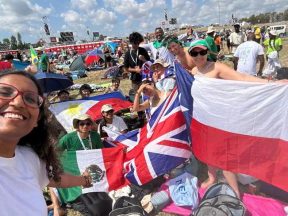The Virus of Racism.
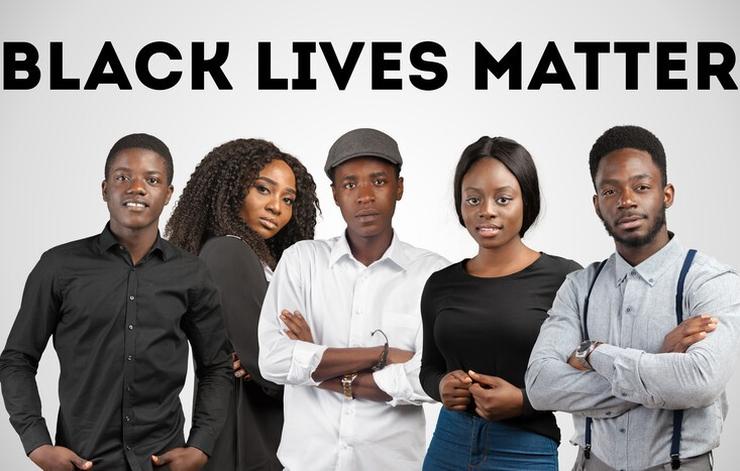
The world is seeing once again the upsurge of a vicious “virus” that has spread to every corner of the world. This time, the “virus” is that of social, cultural, economic, political, institutional, legal and religious discrimination against people of different skin colour, social status and historical origins.
Racism is everywhere and people around the world are on the streets once again protesting against this insidious discrimination following the latest documented murder of George Floyd by four United States police and systematic police brutality.
His cruel death is one of many in recent years where police and killers have seldom been held accountable. Three of the officers involved in the murder of George Floyd are walking free. A culture of invincibility and impunity pervades some police forces that are predominantly composed of white officers. This is common in many countries where the police and military are above the law and abuse authority and kill citizens as they please. It makes a sham of democracy and the judiciary.
People of colour in Europe are also discriminated against by racist people who wrongly believe that these “other” humans are inferior to them and who declare themselves to be superior human beings, in a more exalted, dominating status with a desire to trample on others. These racist attitudes that wrongly brand others as having criminal minds have led to the greatest crime against humanity – genocide. The Holocaust, the Rwandan massacres, the Armenian genocide and many more in history happened because of racists attitudes with other causes.
Migrants and refugees seeking shelter from the Syrian massacres and other social evils meet a wall of racial indifference fuelled by systematic racism in some European countries and the present administration of the United States. What the white-skinned racist person or government officials and racist police lack most of all is empathy, compassion and respect for other human beings. The racists are supremely arrogant, dominating, oppressive and selfish. They are greatly diminished as persons and have excluded themselves from the community of the good and caring people of the world who love their neighbours.
The roots of racism run deep in history but in modern times ideologies like Nazism and forms of nationalism gave rise to it in Europe and growing racist attitudes are present in European countries today and the United States. Under President Trump, “Make America Great Again” means “Make America White Again.” Racism is not only about skin colour but it is also about power, control, exclusion and domination.
However the slogan “White is Might and Right” and promoting white people as celebrities and movie stars reinforces racism. The higher social status demanded by some white people can create self-loathing, lack of self-esteem and an inferiority complex among people of colour. Some are persuaded to buy skin bleaching and whitening creams to try and lighten the colour of their skin for greater acceptability. The racists have successfully planted their insidious racist ideology and unthinking people have fallen for it. Commercial corporations manufacture the racist creams and profit greatly without shame.
More than 13 million Africans- men, women and children – were captured, enslaved and transported, chained in horrendous ships, it went on for 400 years in atrocious conditions. An estimated 1.2 million died at sea. Many were thrown overboard in a storm. The movie Amistad released in 1997 tells it well.
They were auctioned as slave labour for the cotton and sugar cane fields, coffee and tobacco plantations, gold and silver mining and then for the industries of the new capitalist America in the making. Besides the Spanish and Portuguese, the British, French, Dutch, Belgian and Danish empire builders all participated in the slave trade.
Racism and outright hatred and human rights violations were part of everyday life for the slaves. Today after 400 years of oppression and suffering and no restitution, naturally, a just anger, hunger for justice and equality is in their genes. African-Americans are still considered my many Americans as repulsive and racially inferior. In the past, many were murdered and lynched by mobs on false charges.
The civil rights movement in the 1960s brought in new anti – discrimination laws but they did not change ingrained racist attitudes against black people. They continued to be discriminated against and many were killed by police.
The ruling elite billionaire capitalists of America are unaware that American wealth and prosperity began with the sweat and blood of the black slaves from Africa. Their racist beliefs in white superiority cannot fully accept that the US Constitution grants all citizens equal rights. No matter how gifted and educated, many of these citizens are excluded from a life of dignity. The election and re-election of Barack Obama as president of the United States angered many racists. Their greatest nightmare was having a highly educated African-American and his intelligent lawyer wife, a descendant of slaves, occupy the White House for eight years.
The White Supremists believe that his (or her) white skin colour confers on him (or her) superiority over the African-Americans or persons of colour. The racists are convinced that the descendants of the black slaves must be continually branded inferior and to be denied an equal respectful place in society. Perhaps racist Americans suffer historical guilt for their cruel legacy of slavery.
Every harsh, unjust police act of discrimination, violence or killing that spreads on social media is remembered by the black community and builds to a boiling point. This is the root of the anger seen today: injustice, lack of respect, dignity and equality. It is seen and heard in the shouts for justice from the thousands of black and non-racist white protesters on the streets in 57 cities across the USA.
The violence and chaos caused by the extreme left and right factions is criminal and to be abhorred but it is the price that America pays for its historical racism, slavery and sins of oppression. When there is true repentance, penance and restitution- true equality and justice for all- across racist America, only then will there be reconciliation and peace.
Fr. Shay Cullen




























